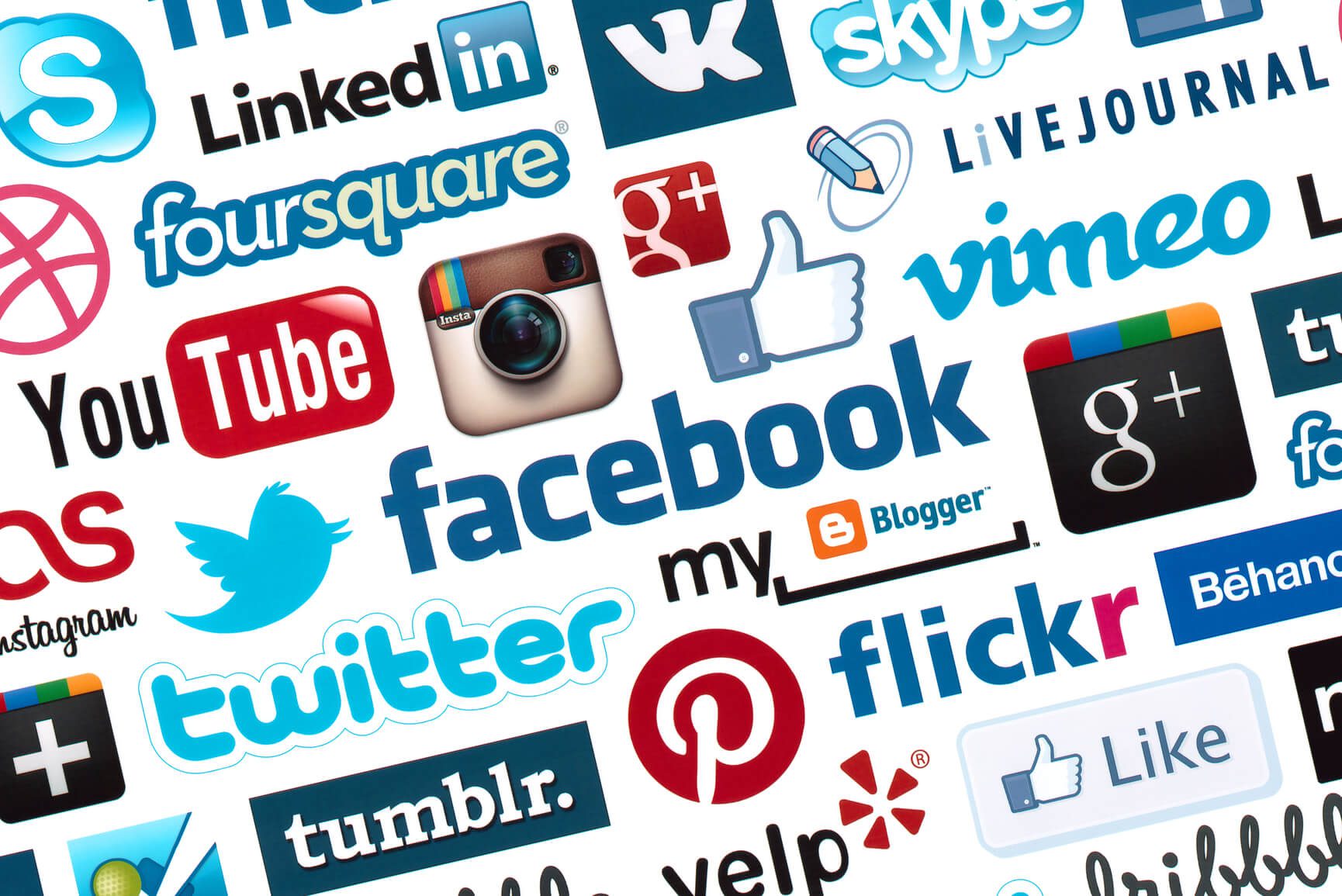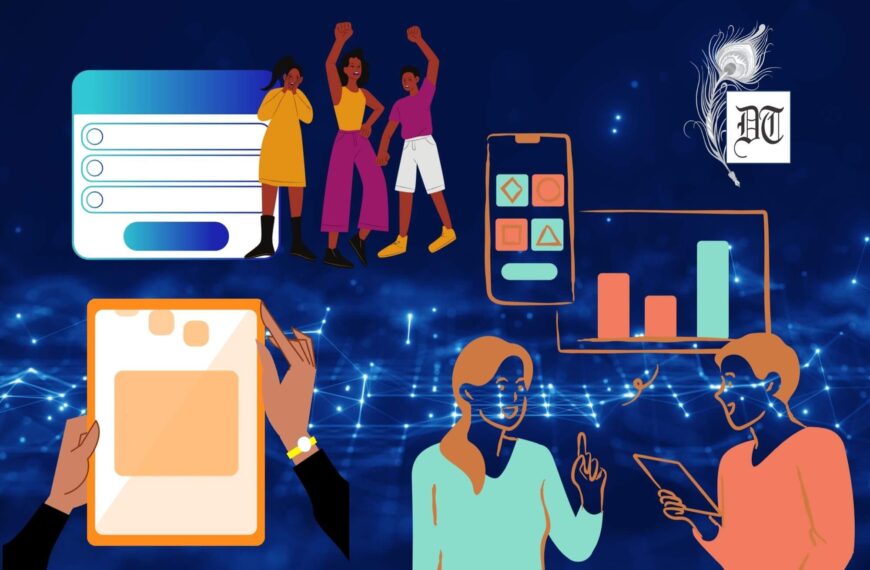Navodita tells us how the Internet opened floodgates for the social media. Visuals – photos and videos – are being shared on various social sites. An exclusive for Different Truths.
 Social media today are platforms on the Internet, and are a non-printed, electronic medium. Social media can be used on computers, tablet computers and even cell phones. Lately, smart phones and its usage has made social media very popular among the youth. Funding for social media comes from companies. Social media is impossible to imagine without pictures. Private users of social media often post pictures of themselves (‘selfies’), their family, and their friends. People love to look at photos other users have posted. Pictures attract people’s attention.
Social media today are platforms on the Internet, and are a non-printed, electronic medium. Social media can be used on computers, tablet computers and even cell phones. Lately, smart phones and its usage has made social media very popular among the youth. Funding for social media comes from companies. Social media is impossible to imagine without pictures. Private users of social media often post pictures of themselves (‘selfies’), their family, and their friends. People love to look at photos other users have posted. Pictures attract people’s attention.
Social media sites are designed to be easy to use and are usually free of charge. Users do not need any particular skills to create a profile and start posting content and interacting with other users.
While social media has many advantages it also has its disadvantages. Social media sites are designed to be easy to use and are usually free of charge. Users do not need any particular skills to create a profile and start posting content and interacting with other users. Similarly, other forms have become popular as well.
Audio-visual content in the form of video has become a major feature on the Internet ever since it became possible to transmit large amounts of data quickly. But the speed and strength of the Internet are not sufficient in all countries or regions of the world for viewers to be able to view, upload, and download videos in a satisfactory way. At the end of the 1990s, the distribution of videos on the Internet was largely the domain of established media and major companies. News broadcasters distributed program segments produced for television through the Internet, thus gaining access to even more viewers. Companies advertised their products via video and PR films.
At the end of the 1990s, the distribution of videos on the Internet was largely the domain of established media and major companies. News broadcasters distributed program segments produced for television through the Internet, thus gaining access to even more viewers.
When MySpace was launched in 2003, it was the first social media platform where average people could upload videos. MySpace was primarily used by musicians and those interested in music for distributing music videos. It wasn’t long before other platforms followed suit.
YouTube premiered in 2005 and has since become the world’s most popular platform for audio-visual material, with over one billion users. Other platforms include Vimeo, with 170 million viewers worldwide, and Vine, established in 2012, which shows very short video clips.
Facebook also offers its users a chance to stream, upload, view, and share videos. Live-streaming is an additional essential aspect of video on the Internet. Again, media companies and news channels were the first to develop the technology for live-streaming to inform users about current events. Nowadays, anyone can use a smartphone and Facebook or webcam apps such as Periscope and YouNow to produce and share a live video with countless viewers.
A vlog, or a video blog, is like a video diary, where a person produces and publishes video material on a regular basis. Unlike a blogger, who regularly publishes new texts and pictures, a vlogger shares material via video, mainly on YouTube. Most vloggers share their personal experiences and ideas.
A vlog, too, has become quite popular among users. A vlog, or a video blog, is like a video diary, where a person produces and publishes video material on a regular  basis. Unlike a blogger, who regularly publishes new texts and pictures, a vlogger shares material via video, mainly on YouTube. Most vloggers share their personal experiences and ideas. Their subjects range from self-expression to travel reports, from observations and thoughts to well-argued opinions, from hobbies such as cooking, sports and music to social activities. For vloggers, it’s important to have an audience and keep viewers coming back by employing a variety of techniques. Vloggers
basis. Unlike a blogger, who regularly publishes new texts and pictures, a vlogger shares material via video, mainly on YouTube. Most vloggers share their personal experiences and ideas. Their subjects range from self-expression to travel reports, from observations and thoughts to well-argued opinions, from hobbies such as cooking, sports and music to social activities. For vloggers, it’s important to have an audience and keep viewers coming back by employing a variety of techniques. Vloggers
may address viewers at eye level and thank them for watching, posting comments and ideas, and subscribing to their YouTube channel. At the end of a vlog, a vlogger may announce upcoming videos or refer viewers to existing ones. Anyone can create a vlog with the proper smartphone and an Internet connection. But to pursue it seriously, topics covered have to be interesting to a potential audience, and a vlogger has to have patience, the desire for self-presentation, and be willing to share personal thoughts and ideas with others.
Let us then understand what are the most important aspects of a vlog. A vlog has very clear features that distinguish it from other videos. Normally, just one person, the vlogger, stands or sits in front of the camera and speaks into it. Addressees are the people watching the video—a vlogger’s viewers or audience. The vlogger looks directly into the camera, thereby intensifying
their connection with the viewers and giving them the sense that the vlogger is interacting with them personally. A vlog segment is often recorded using only one shot size, primarily with the camera stationary on a tripod. The only thing that moves is the vlogger, who employs gestures and facial expressions to emphasise the words used. A vlog lasts from one to around five minutes. A simple vlog does not require editing. Some vloggers use jump cuts to grab viewers’ attention. These are abrupt transitions where the shot size remains unchanged from one frame to another, but the vlogger is in a different place or position in the subsequent shot. This creates
the impression of a jump. Some vloggers also complement their videos with texts, links or images that they add during editing. Space for comments below the video facilitates interaction
between the vlogger and viewers, who provide feedback on the vlogger’s work.
A vlog lasts from one to around five minutes. A simple vlog does not require editing. Some vloggers use jump cuts to grab viewers’ attention. These are abrupt transitions where the shot size remains unchanged from one frame to another, but the vlogger is in a different place or position in the subsequent shot.
Hence we see how social media and vlogging are becoming an added skill among users and netizens. These are the modern musings of a ‘global citizen’, one that connects him to the world around him. So, get vlogging and winning accolades for your digital presence.
Photos from the Internet






 By
By

 By
By